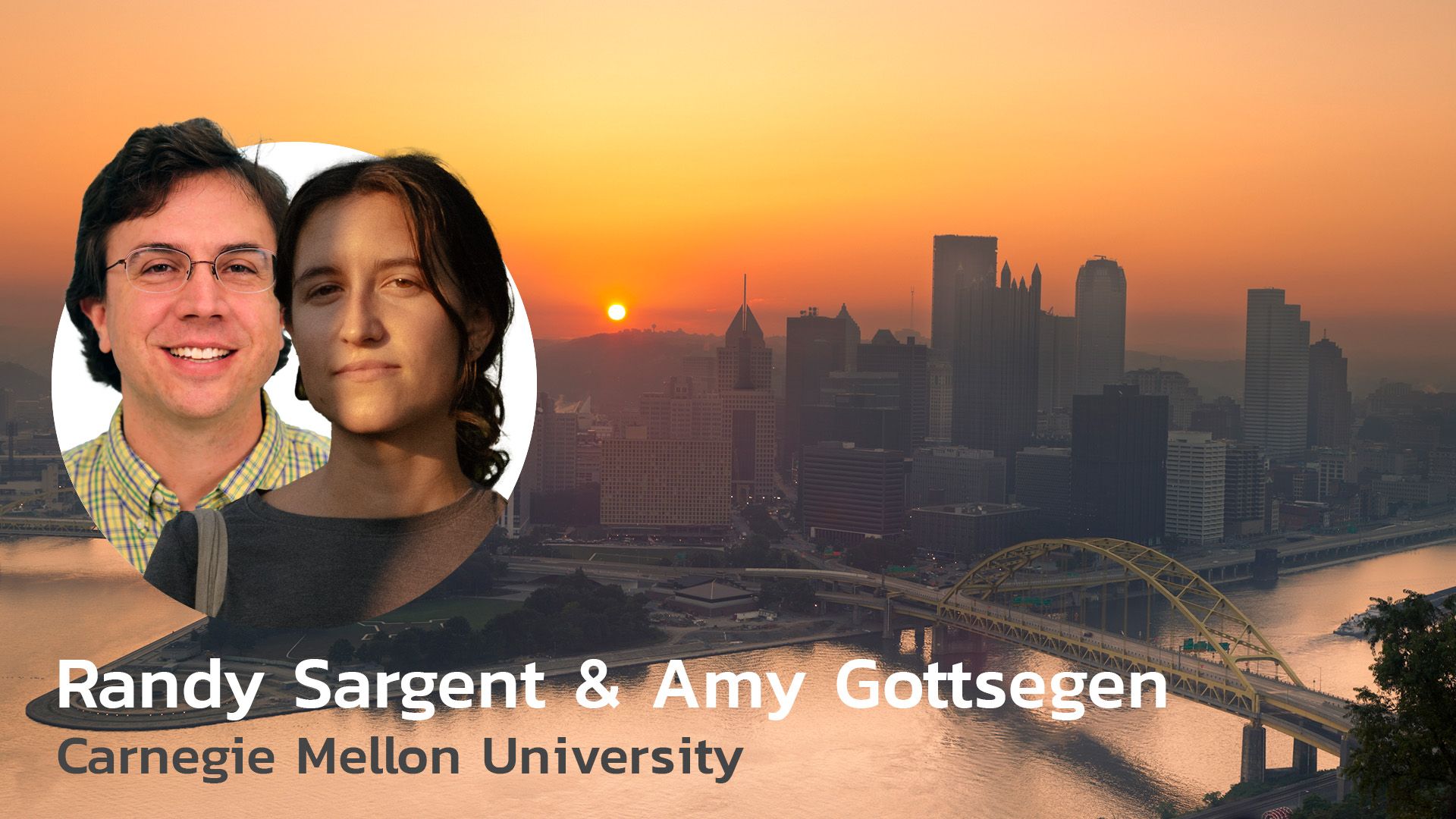POSCO Gwangyang: the world's highest-emitting steel plant
It’s no secret that Climate TRACE uses satellites to identify and observe source activity — and then correlate that activity with emissions estimates. But what do the satellites actually “see”? And how do we translate activity observations into emissions numbers? In the Views from Above series, we unpack these questions, one source at a time. In this edition, we spotlight the POSCO Gwangyang steel plant.

What is it?
**—Source name:**POSCO Gwangyang steel plant
—Sector / subsector: Manufacturing - Steel
**—Coalition sector lead:**TransitionZero
—Location: Gwangyang, South Jeolla, South Korea
POSCO Gwangyang steel plant, also known as Pohang Iron & Steel Gwangyang, is a blast furnace-basic oxygen furnace (BF-BOF) steel plant operating in Gwangyang, South Jeolla, South Korea. Built in four phases between 1982 and 1992, it is the second-largest steel plant in the world and houses 5 of the world’s 14 largest blast furnaces. According to Climate TRACE data, POSCO Gwangyang was the world’s highest-emitting steel plant in 2022, responsible for 29.58 metric tonnes (MT) of CO2e that year. Under POSCO’s 2050 carbon neutrality roadmap, it plans to phase out traditional blast furnace technology by 2050 and adopt green hydrogen-based steelmaking technology in its South Korean plants.
Observing emissions-causing activities
To understand what’s behind steel production emissions at a BF-BOF steel plant, coalition member TransitonZero uses a combination of satellite imagery and supplementary plant-level data from Global Energy Monitor’s (GEM) Global Steel Plant Tracker (GSPT).
The team leverages infrared satellite imagery from Sentinel-2 and Landsat 8 satellites to identify hotspots, or areas with high levels of activity. This approach is limited to BF-BOF facilities, as they release enough heat to be captured by infrared sensors on these satellites. The TransitionZero team analyzes the intensity and frequency of hotspots to estimate activity levels at each steel mill.
At POSCO Gwangyang, the following time-stamped satellite images show average hotspots at various steel production units for each quarter of 2023.

Associating observed activity with relevant emissions factors
Once we identify hotspots, we isolate them into hand-drawn polygons representing different steel production facilities (blast furnaces, coke ovens, and sinter plants). These polygons help translate observed activity levels at various production stages into final steel production estimates at a given plant.
To achieve plant-level emissions estimates, we multiply our production estimates by the regional emissions factors associated with each of the three main steel production types: BF-BOF, scrap-based Electric Arc Furnace (EAF), and natural gas-based Direct Reduced Iron (DRI)-EAF. We use a variety of sources to determine these emissions factors, such as the International Energy Agency (IEA), the Mission Possible Partnership (MPP), and WorldSteel.
As we can see below, POSCO Gwangyang has five blast furnaces, eight coke ovens, and five sinters, all of which are responsible for the bulk of the plants’ emissions. Each of these units operates at temperatures higher than 1,200°C.

Translating reporting period activity into emissions estimates
TransitionZero and Climate TRACE modeling indicate steel production and emissions at POSCO Gwangyang fluctuated between early 2021 and the end of 2023, typically peaking around the end and beginning of each year.
The largest difference in quarter-to-quarter data occurs between Q1 2023 and Q2 2023. From Q1 to Q2, production declined 47% from nearly 5.5M tonnes of steel to close to 2.9M tonnes. CO2 emissions declined in parallel from more than 9.3M tonnes to just over 4.9M tonnes.

Ready to dig into more? Learn more about TransitionZero’s steel sector methodology here, and explore other assets of interest with Climate TRACE’s interactive Emissions Map.
Satellite images from Google Earth.


